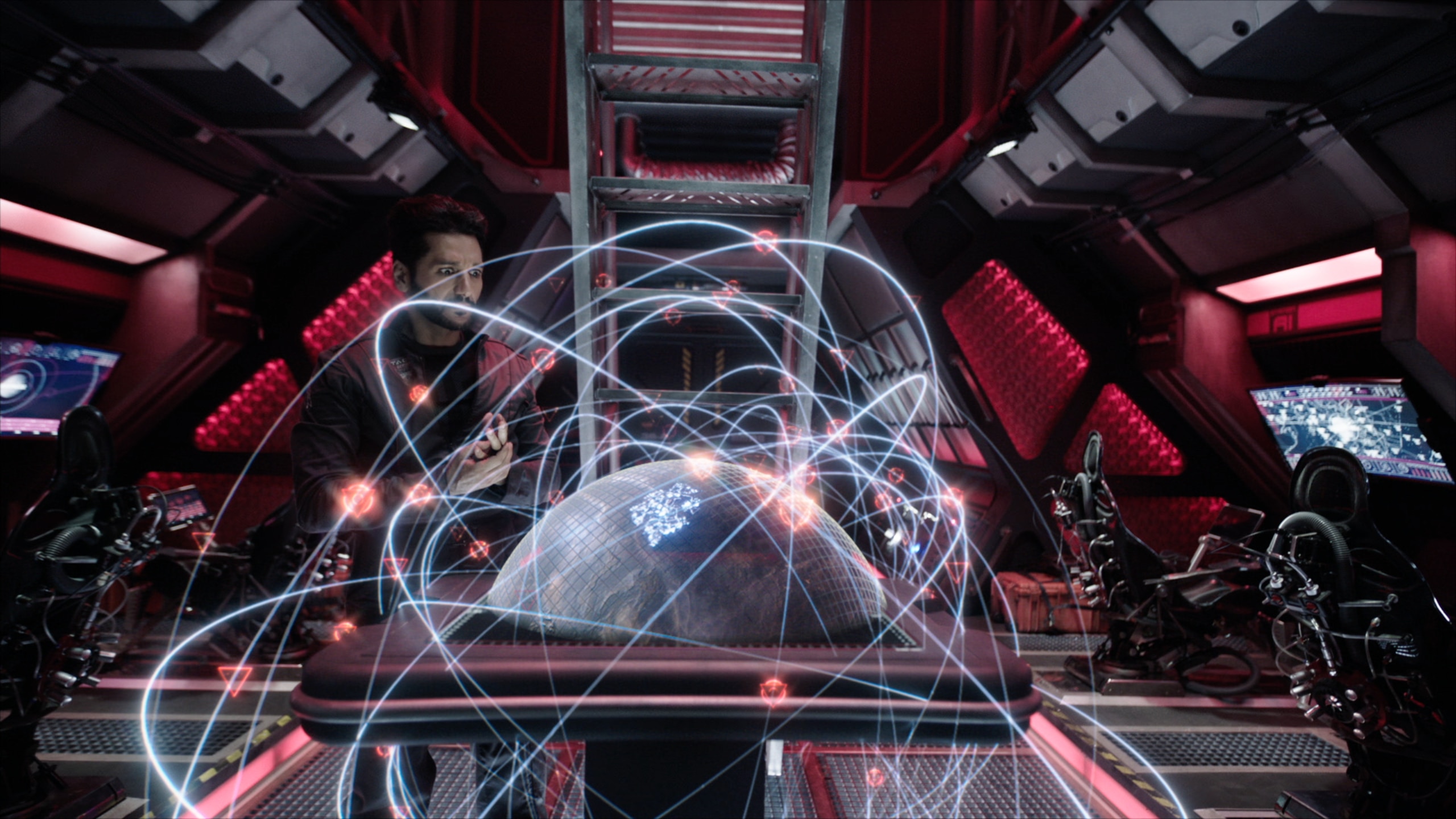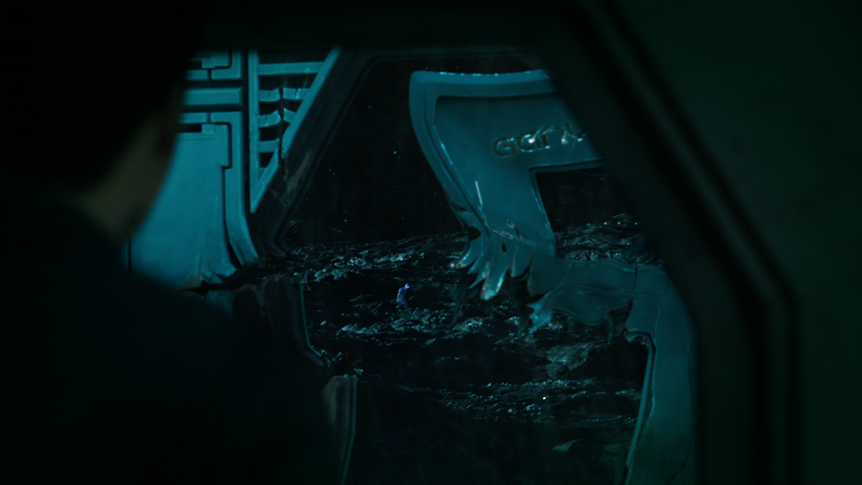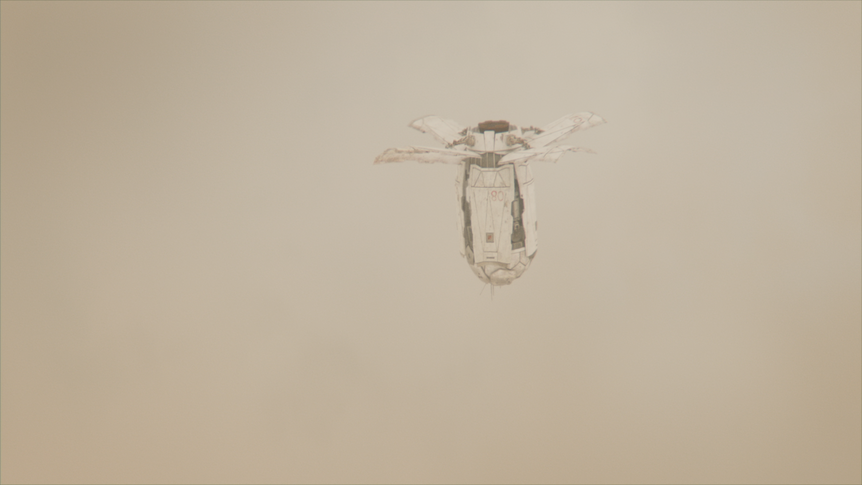Q: What are the scientists trying to accomplish with a Human/Protomolecule hybrid?
DANIEL ABRAHAM: So, what they’re trying to do with the protomolecule is control and weaponize. They’re trying to find a way to take this thing they’ve discovered and engineer it. It’s harder to do that when the thing you’re trying to engineer fights back. The protomolecule is already weird and it has additional unexpected stressor responses, just like you would get with an immune system. It gets out of control faster. Things shift and evolve and not necessarily in a controlled pattern, so by starting with someone that’s immunocompromised, doesn’t have an immune system, it’s easier to control. There are fewer variables. When you’re trying to reengineer a human body to something that doesn’t breath the way we do, that doesn’t move the way we do, that takes damage in ways that we can’t, when you make this super soldier beast, it’s easier to do that when there are few obstacles to get past.
Q: When the Arboghast drops probes onto Venus, the probes melt. What’s going on here?
MARK FERGUS: Have you seen the venetian atmosphere? The venetian atmosphere, the surface of Venus, has free-running rivers of lead. Venus is an example of a runaway greenhouse effect. It’s a kiln down there. It melts metal. It destroys things. It has rain of hydrochloric acid. It’s a terrible, terrible place!
DANIEL ABRAHAM: But! The weird thing about it is the upper atmosphere is actually one of the most habitable environments in the solar system for humans. If you get high enough up to where the Arboghast was floating, the atmosphere at that altitude is pretty close to what we have. The gravity there is very close to what we have. Um, cloud cities in the upper atmosphere of Venus is one of the easiest locations for a permanent human habitation outside of earth.
Q: So The Arboghast wasn’t prepared for the atmosphere of Venus?
MARK FERGUS: So the only way to get down there is a probe, and they are able to get some data before it was annihilated.
DANIEL ABRAHAM: But yeah, they were-they were hoping to get more information than they got.
MARK FERGUS: It was inevitable that the probes were not going to last very long.
DANIEL ABRAHAM: Yeah, it real attests to Venus being a terrible, terrible place. Just an awful place.
Q: At the end of the episode, Alex navigates the moons of Jupiter, and slingshots to Ganymede? Is that possible?
DANIEL ABRAHAM: It’s certainly possible in theory. Doing sling shots with orbital mechanics, is basic space travel. The idea of coming in close and getting a little bit of energy off a body and using that to boost you, we’ve done that with a bunch of the satellites we’ve sent out, the Cassini probe, the Voyager did that. A gravity assisted voyage is totally possible
MARK FERGUS: There’s an incredible amount of gravity possibilities with all these moons here. I think the concept is so cool. It’s such a bad-ass way to move through space and to move covertly through space without your engines.
DANIEL ABRAHAM: Without waste heat. The idea of using the velocity of moons and the mass of moons and the gravity as a way to accelerate, we definitely didn’t make that up


















